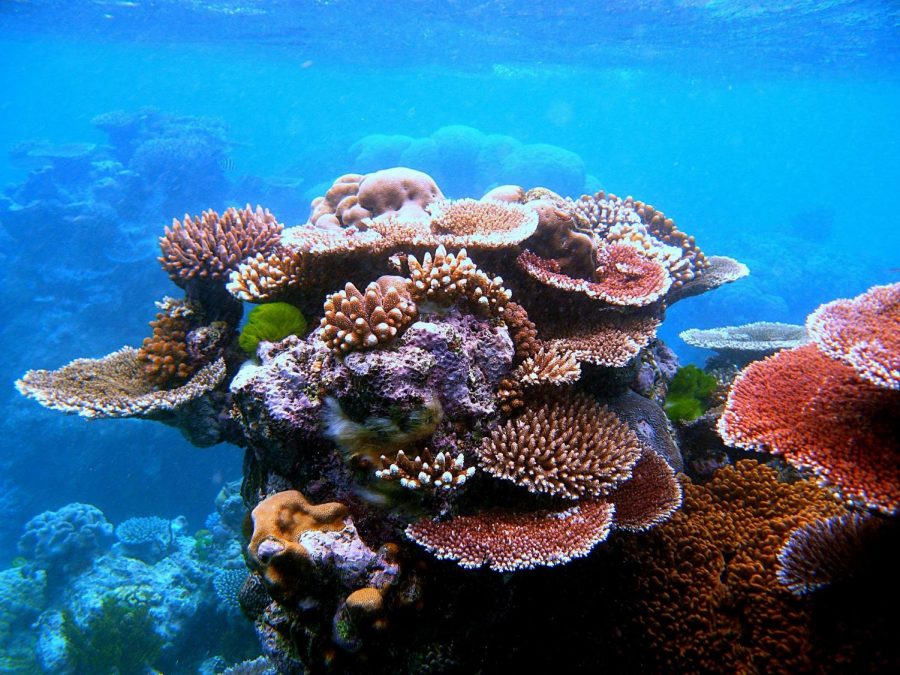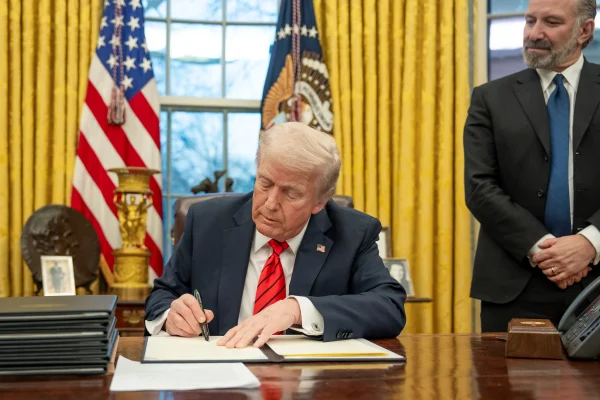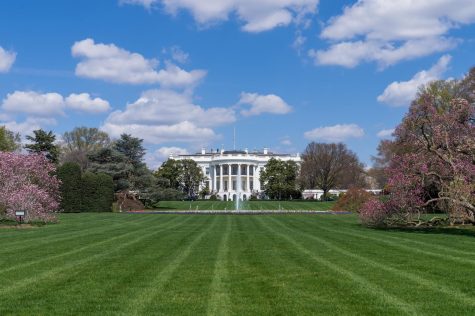Great Barrier Reef in Danger
The Coronavirus, despite how bad it is for us humans, has proved good for the environment, with pollution levels lowering and air in major cities looking a lot cleaner, but this can’t be said for one of the Seven Wonders Of The World.
The Great Barrier Reef, located off the Northeast coast of Australia, is currently experiencing it’s most widespread coral bleaches in it’s existence. This is the third mass coral bleaching the reef has endured over the last five years, according to CNN.
US Government scientists who have been monitoring the reef, say that the increase in global temperatures is to blame.
Coral bleaching happens when the air temperature gets warmer, causing the ocean’s temperature to also increase. This causes coral to die, as they are not able to live in warmer water. The ocean’s temperature may only increase by a couple of degrees, but that is enough to kill the coral in the ocean.
The last bleaching events took place in 2016 and 2017, half of the Great Barrier Reef was left deceased. Many scientists fear that the current bleaching events are a devastating blow to the health of the reef.
“If we don’t deal with climate change quickly, we are going to see more severe and more frequent bleaching, and we are going to see the loss of coral reefs in much of the world,” said Dr. C Mark Eakin, coordinator of the National Oceanic and Atmospheric Administrations (NOAA) Coral Reef Watch, according to CNN.
The current mass bleaching conditions were observed by Coral Reef Watch, which uses remote sensing and modelling to predict and monitor for signs of bleaching.
Eakin says that the bleaching events of 2016 and 2017 were “extremely intense,” but severe damage was concentrated in only a couple of areas in the reef.
The current bleaching events were much less damaging but were spread out across the reef.
According to the Guardian, coral in the northern and central areas of the reef should be able to recover from the bleaching effects.
Many environmental groups, such as Greenpeace Australia have stated that the mass bleaching has underlined the need to move away from Fossil Fuels, according to the Guardian.
The Great Barrier Reef is one of the most vital ecosystems in the world, serving as a home for more than 1,500 species of fish, and 411 different types of Coral. It Is the largest reef in the world, and a vital source to Australia’s economy, contributing over 5.6 billion dollars annually and creating tens of thousands of jobs, according to CNN.
The Abnormally hot temperatures causing this bleaching, began in February, and continued up until mid to late March. Temperatures have since cooled, and scientists are assessing the coral to determine the extent of the damage done.
“This time is not as intense, but it’s much more widespread, so we’re seeing it all over the ocean,” Eakin stated to CNN.
Researchers around the world are assessing ways in which they can revive the already deceased reefs and coral, but according to Eakin, we have to control our own emissions in order to save and restore the dead coral reefs. (how can you revive them from the dead)
“We have to address climate if we want to have coral reefs in the future.”
Cooper is a PG from Australia. He likes to play basketball in his free time. He also likes to beat Wol in FIFA. He has four brothers and had kangaroos...











